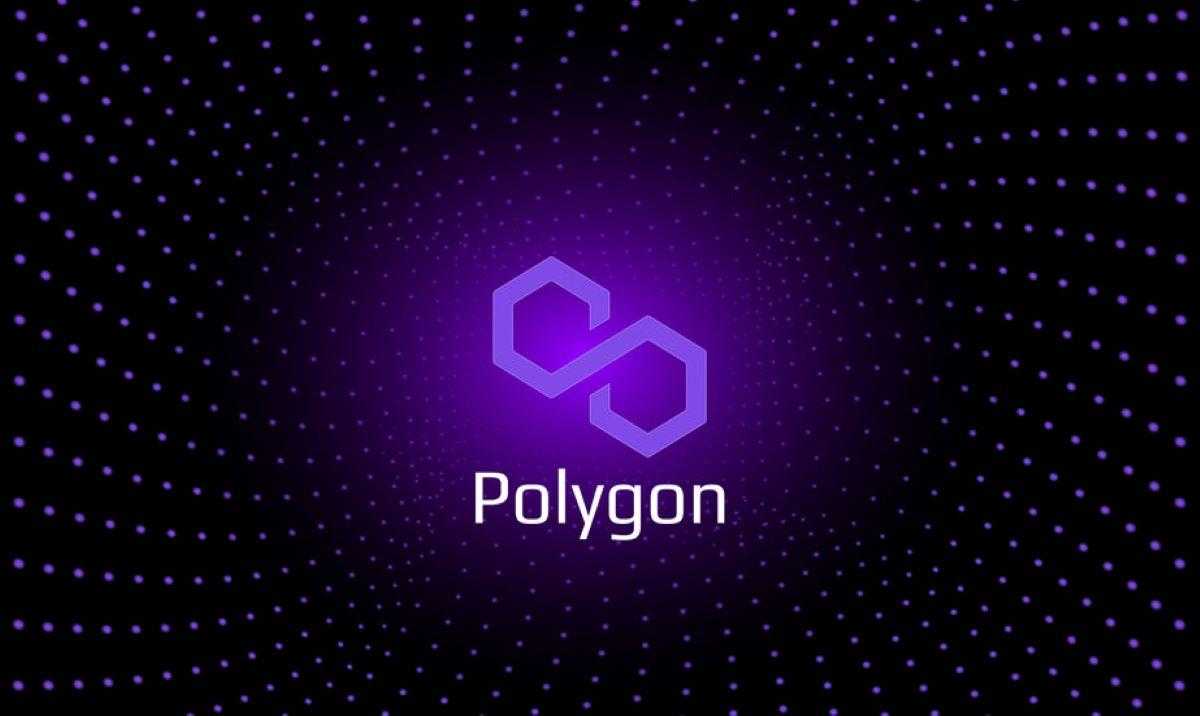Polygon Hard Fork
Polygon, an Ethereum-scaling project, successfully completed a hard fork designed to reduce instances of spiking gas fees and disruptive chain reorganizations known as "reorgs." The software upgrade occurred at 10:45 UTC (5:45 a.m. ET) on Tuesday, January 17, according to a tweet from Polygon Labs, the lead company behind the project
Introduction
In this analysis, You will read about Polygon Hard Fork. Polygon recently upgraded its chain to reduce the transaction fees during the spikes.
According to Coindesk, ETH-scaling project Polygon recently completed a hard fork to reduce gas fees and create disruptive chain reorganizations known as "reorgs."
Let's look at the network's health and performance before and after the hard fork. We want to know Do these changes affect any meaningful user metrics, such as volume, activity, monthly active users, or others, as a result of the software upgrade?
Analyzed by Hess - Reading Time Almost 10 Min

What is Polygon?
As a cryptocurrency and technology platform, Polygon enables blockchain networks to connect and scale. Matic Network, the "internet of blockchains" for Ethereum, was launched in 2017 under the name Polygon.
Using Ethereum blockchain technology, the Polygon platform connects Ethereum-based projects. With Polygon, a blockchain project can be more flexible, scalable, and sovereign while benefiting from Ethereum's security, interoperability, and structural benefits.
Polygon Hard Fork
Polygon, an Ethereum-scaling project, successfully completed a hard fork designed to reduce instances of spiking gas fees and disruptive chain reorganizations known as "reorgs." The software upgrade occurred at 10:45 UTC (5:45 a.m. ET) on Tuesday, according to a tweet from Polygon Labs, the lead company behind the project. The two proposals included in the hard fork were put forth in December. Some 87% of Polygon validator teams that participated voted for approval. Only 15 validator teams participated in the voting process, which is extremely low given that the number of active validators at a time is limited to 100.
Dashboard Overview
Method
Transactions and Fees:
I extracted the tx_fee from the Fact transaction table on Polygon. The tx_fee is based on the Matic amount. From the Ethereum daily price table, I extracted the Matic price. Following my findings, I calculated the tx_fee in US dollars as well. You can read about transactions and fees on Polygon before and after the hard fork in this part.
Transfers and Volume:
Polygon tables do not provide token prices. In addition, token names cannot be found. Therefore, I only examined Matic transfers from EZ Matic before and after the Hard Fork.
Platforms:
By joining to_address with DIM labels, I could extract the platforms' names from transfer tables. I listed the top platforms according to the number of transactions and fees consumed.
Swaps on Sushiswap:
Similarly to transfer activities, I could not calculate token prices. To track swap activities on Polygon, I had to use Sushiswap. Polygon's EZ Swap table records Sushiswap swap activities.